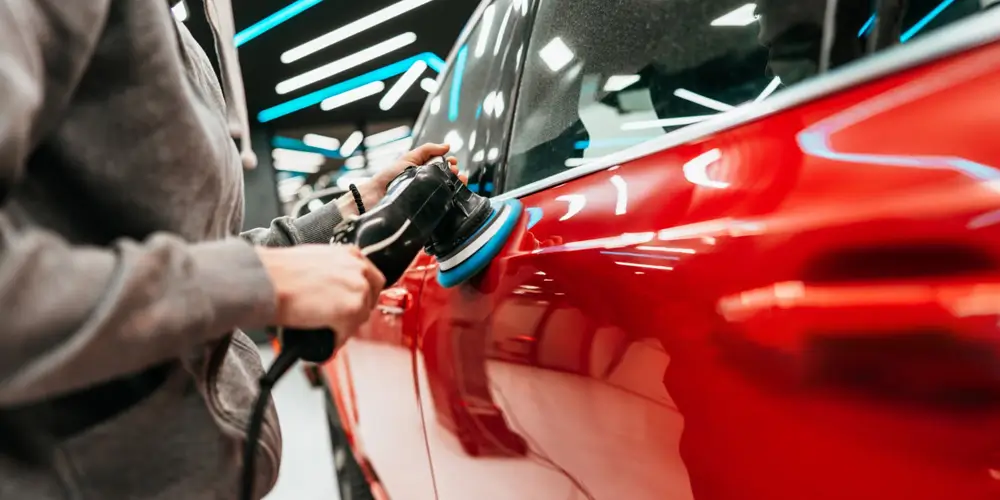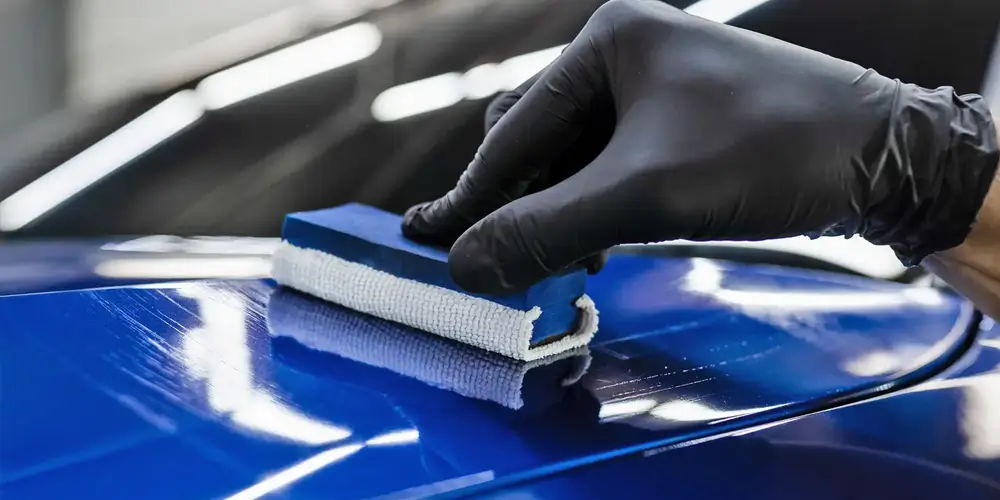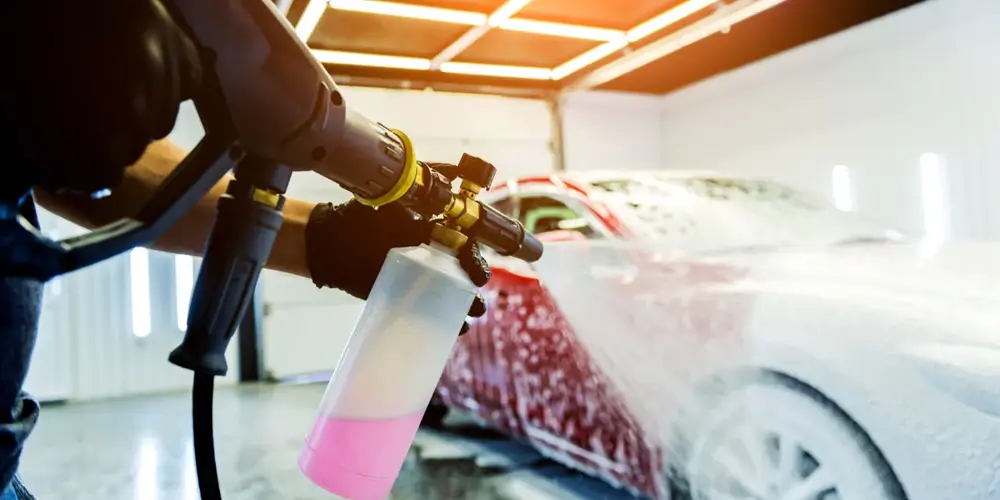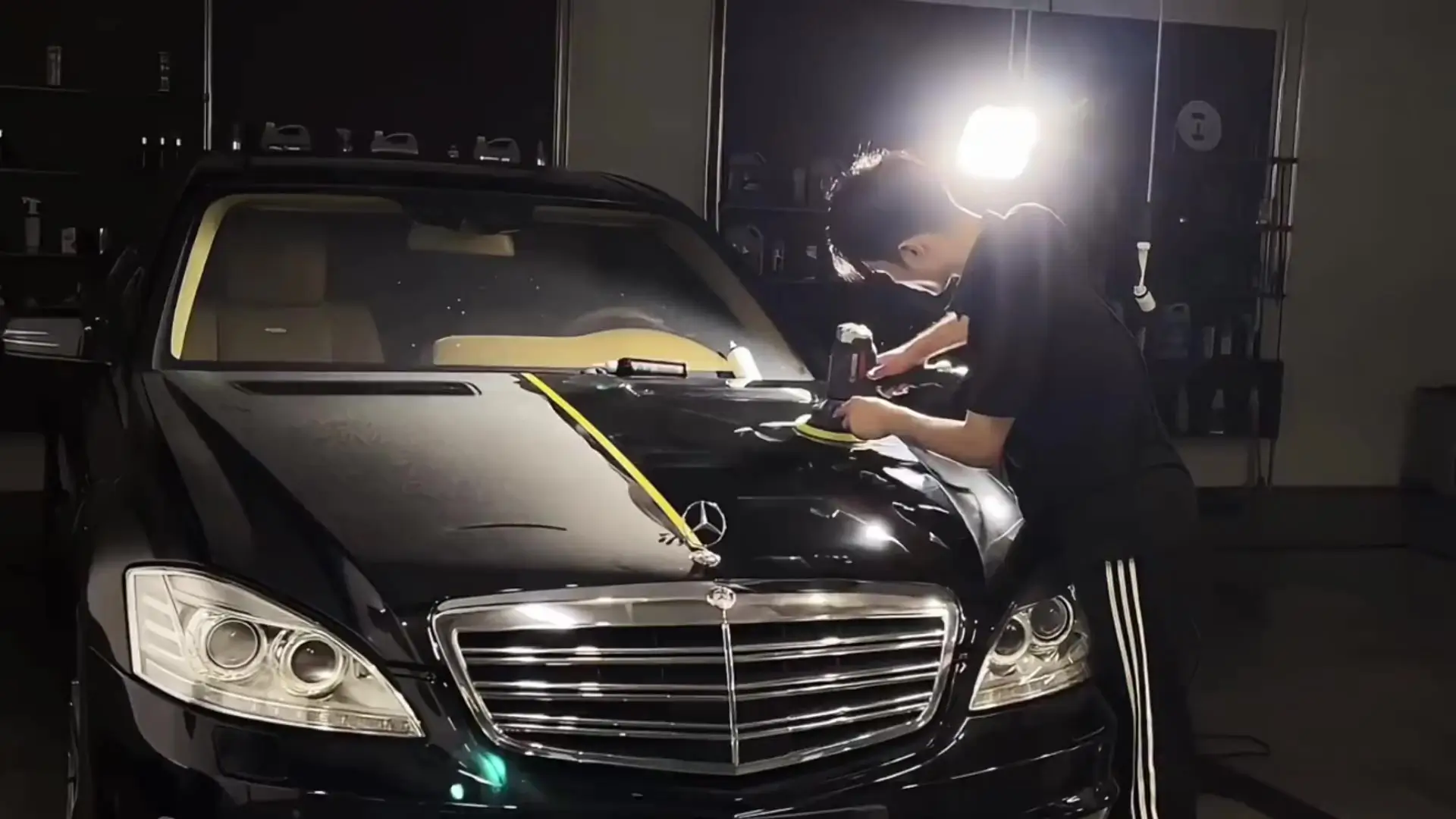How to Use Buffing Compound: A Comprehensive Guide
Buffing compound is a vital tool in the automotive detailing and repair industry, used to enhance the appearance of vehicle surfaces. Whether you are a wholesale importer, a beauty shop owner, or a repair center manager, understanding how to effectively use buffing compound is crucial to achieving high-quality results. This guide will delve into the types of buffing compounds, the tools required, the techniques for application, and best practices to ensure a successful buffing process.
What is Buffing Compound?
Buffing compounds are abrasive materials that help to polish and refine surfaces, typically used on vehicles to restore their shine and remove imperfections. These compounds can be used on various surfaces, including paint, metal, and plastic. Depending on the formulation, buffing compounds can serve different purposes, such as cutting, polishing, or finishing.
Types of Buffing Compounds
1. Cutting Compounds
Cutting compounds are highly abrasive and are designed to remove deep scratches, oxidation, and other significant imperfections from a surface. They are typically used in the initial stages of the buffing process.
2. Polishing Compounds
Polishing compounds are less abrasive than cutting compounds and are used after the initial buffing. They help to refine the surface further, enhancing gloss and clarity.
3. Finishing Compounds
Finishing compounds are the least abrasive and are used to achieve a high-gloss finish. They help to eliminate any fine scratches left by previous buffing stages.
Tools and Equipment Needed
To achieve optimal results when using buffing compounds, you will need the following tools and equipment:
1. Buffing Pads: Different pads are suitable for different stages of the buffing process. Typically, wool pads are used for cutting, foam pads for polishing, and finishing pads for the final shine.
2. Buffing Machine: An electric or pneumatic buffer is essential for applying buffing compounds effectively. The type of machine you choose will depend on your specific needs and the size of the area you are working on.
3. Hand Applicators: For small areas or touch-ups, hand applicators can be used in conjunction with buffing compounds.
4. Protective Gear: Safety goggles, gloves, and masks are important for protecting yourself from dust and debris created during the buffing process.
5. Clean Cloths: Microfiber or soft cotton cloths are essential for wiping down surfaces before and after buffing.
Preparation Steps
1. Clean the Surface: Before applying any buffing compound, thoroughly clean the surface to remove dirt, grime, and contaminants. Use a quality automotive soap and rinse thoroughly.
2. Assess the Surface: Examine the surface for imperfections, such as scratches, swirl marks, or oxidation. This assessment will help you determine the appropriate type of compound and buffing pad to use.
3. Choose the Right Compound and Pad: Based on the condition of the surface, select the appropriate buffing compound and pad. For severe imperfections, start with a cutting compound; for lighter imperfections, a polishing compound may suffice.
4. Test a Small Area: Before applying the compound to the entire surface, test it on a small, inconspicuous area to ensure compatibility and desired results.
Application Techniques
1. Using a Buffing Machine:
· Load the Compound: Apply a small amount of the buffing compound directly onto the buffing pad or the surface to be treated.
· Spread the Compound: With the buffer turned off, spread the compound evenly over the surface to prevent splatter.
· Start Buffing: Turn on the buffer at a low speed to avoid excessive heat buildup. Gradually increase the speed as needed.
· Maintain Even Pressure: Apply consistent, even pressure on the buffer as you move it across the surface in overlapping passes.
· Avoid Staying in One Spot: Move the buffer in a consistent pattern, such as circular or back-and-forth motions, to prevent burning the paint or creating uneven areas.
2. Using Hand Applicators:
· Apply Compound: Squeeze a small amount of buffing compound onto the applicator pad.
· Work in Small Sections: Focus on one small area at a time, applying gentle pressure and using a circular motion.
· Wipe Off Residue: After buffing, use a clean microfiber cloth to wipe away any excess compound and reveal the shine.
Post-Buffing Steps
1. Inspect the Surface: After buffing, closely inspect the surface for any remaining imperfections or areas that may need further attention.
2. Wash the Vehicle: It’s advisable to wash the vehicle after buffing to remove any residual compound and dust particles.
3. Apply a Wax or Sealant: To protect the newly polished surface, apply a high-quality wax or sealant. This will enhance the gloss and provide a barrier against environmental contaminants.
4. Final Inspection: Conduct a final inspection to ensure the surface meets your quality standards.
Common Mistakes to Avoid
1. Using the Wrong Compound: Using a compound that is too abrasive for the surface can cause damage. Always assess the surface condition before selecting a compound.
2. Neglecting Safety Precautions: Failing to wear protective gear can expose you to harmful dust and debris.
3. Rushing the Process: Taking the time to properly prepare and execute the buffing process will yield better results than rushing through it.
4. Ignoring Manufacturer Instructions: Always follow the manufacturer’s guidelines for the buffing compound and equipment to ensure safety and effectiveness.
Conclusion
Using buffing compounds effectively requires knowledge, the right tools, and proper techniques. By following this comprehensive guide, you can achieve professional results in your automotive detailing or repair work. If you are an importer, beauty shop owner, or repair center manager looking to enhance your offerings, we invite you to reach out to us at SYBON. Together, we can explore opportunities for collaboration and help you provide the best automotive care solutions to your customers.
Source of this article:https://www.sybonbest.com
Get to know us through more channels:




